SPECIAL OFFERS
Small Perennials £3.45 each or 4 for £12
Large Perennials £4.95 each or 4 for £18
2ltr Shrubs £8.95 each or 3 for £24
5ltr Shrubs £12.95 each
Grasses/ Heucheras, Ferns, Hellebores, Hebes £9.95 each or 2 for £18
Fresh, aromatic and easy to grow—discover a wide selection of herb plants at Woolpit Nurseries, your trusted garden plant nursery near Bury St Edmunds and Stowmarket.
We stock a diverse range of culinary herbs, fragrant herbs and ornamental herbs, all carefully chosen for reliability and flavour. Our friendly team can help you pick the right varieties based on your taste, space and level of experience.
Please note: the herbs shown below are a selection of what we stock during the year. Herb availability changes seasonally based on the best planting times and customer demand.
Visit us in person to see our current range — we do not sell online.
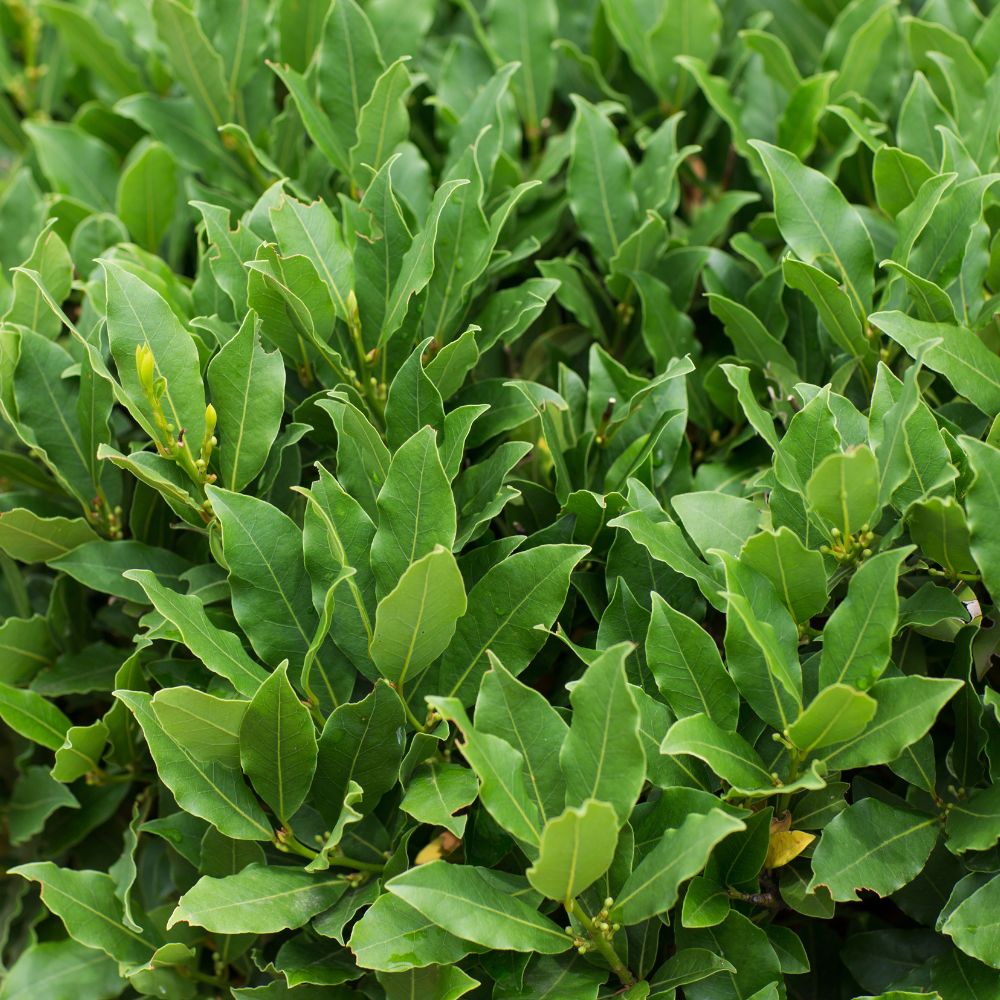


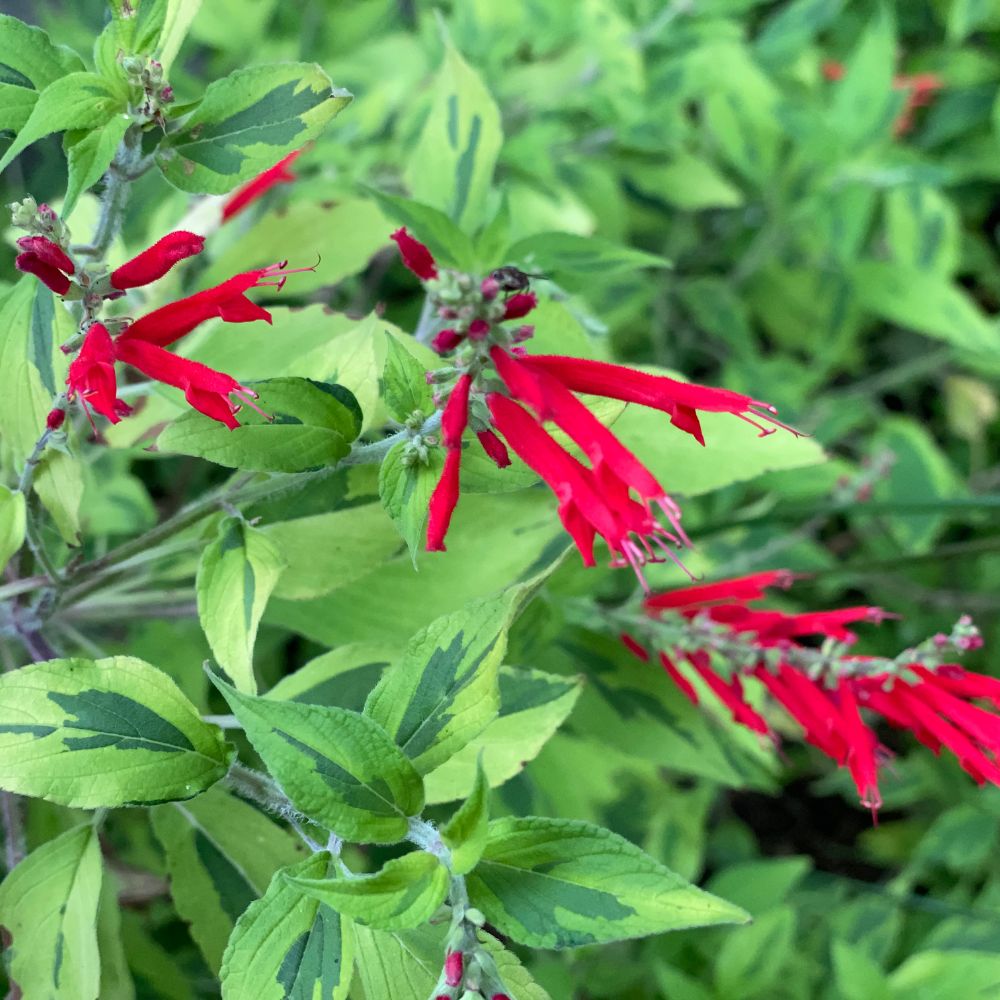
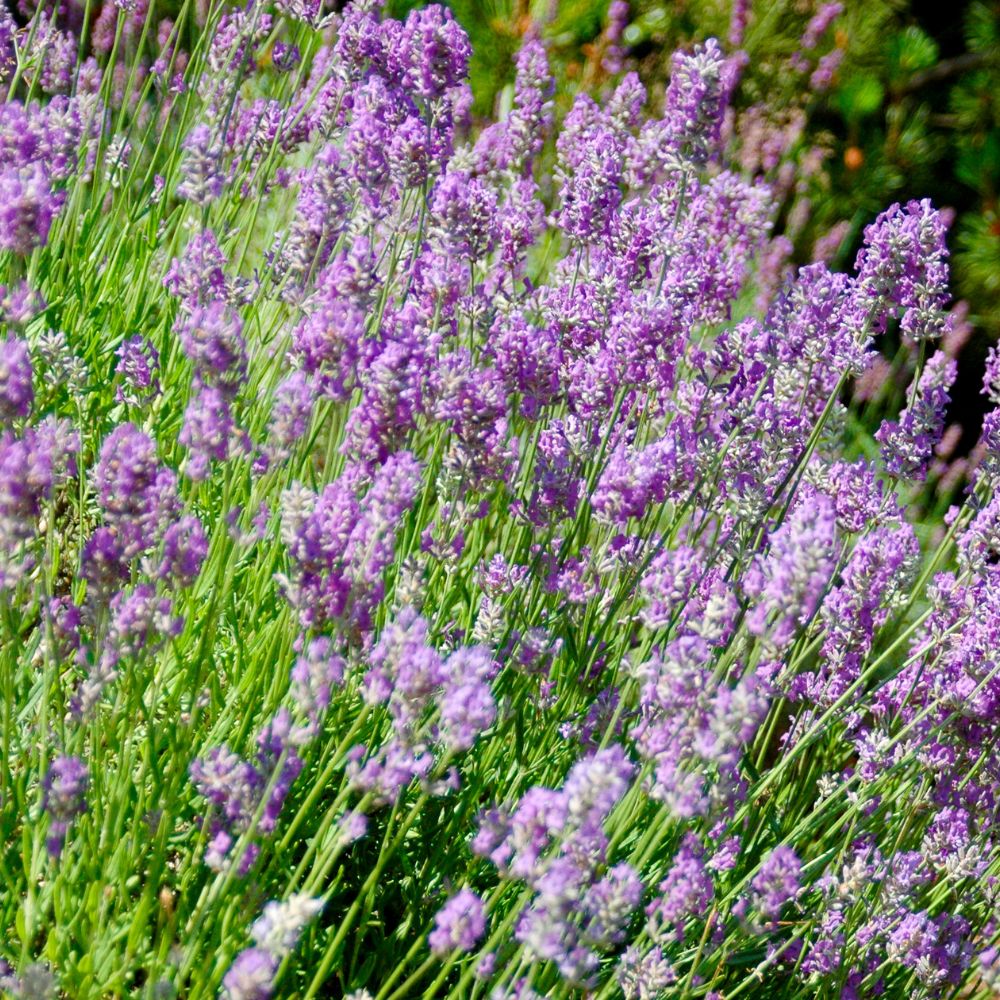
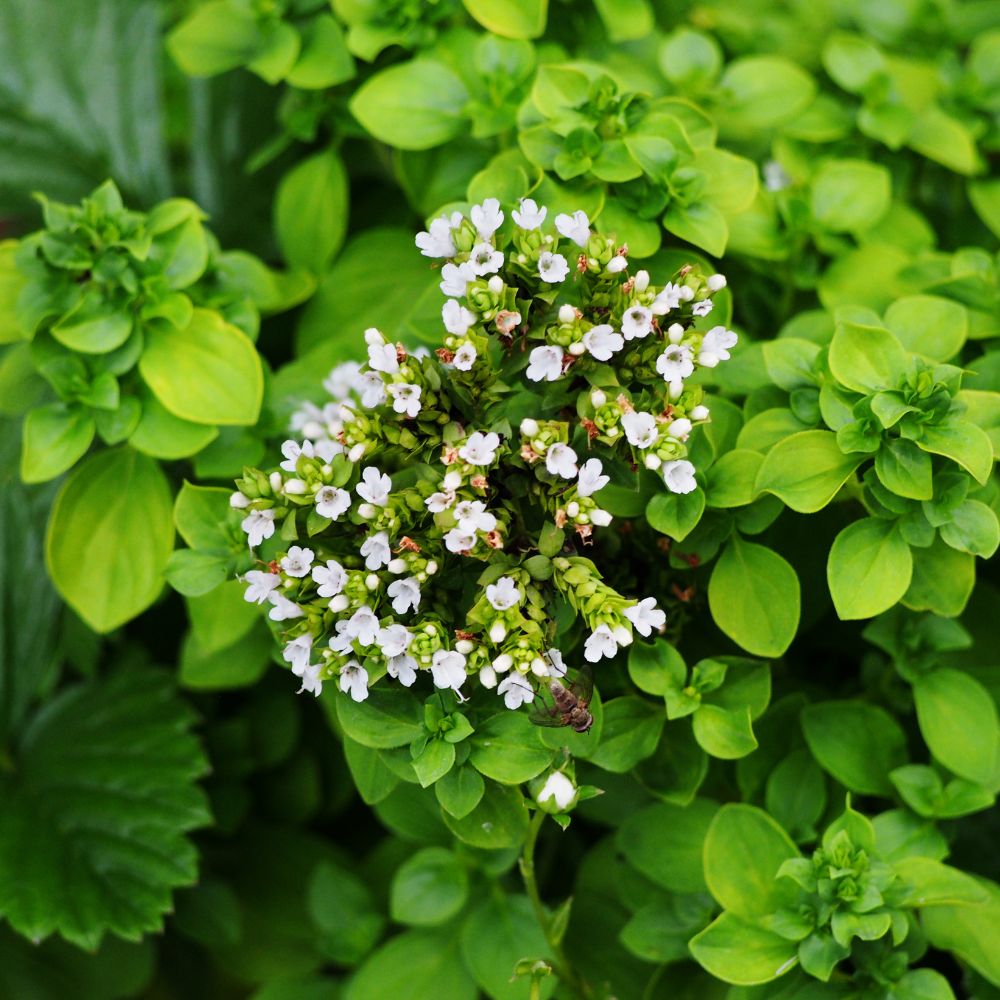
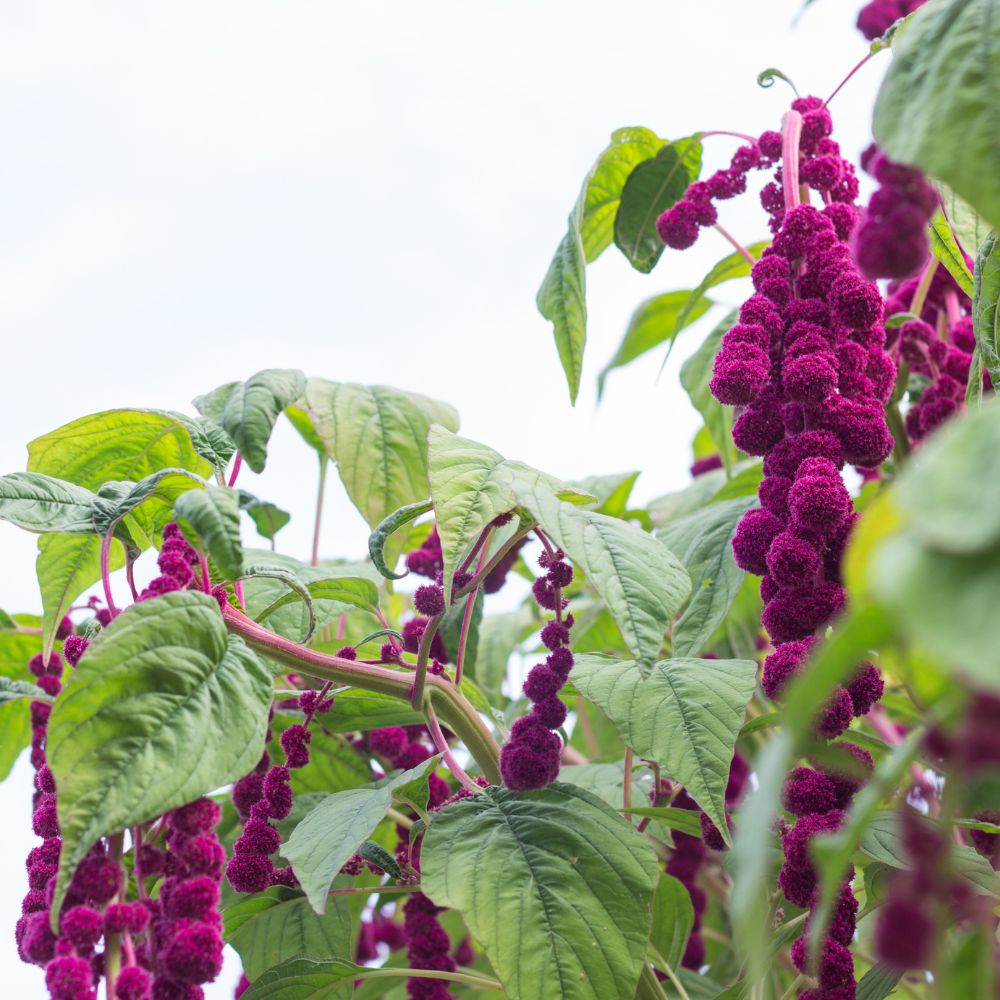
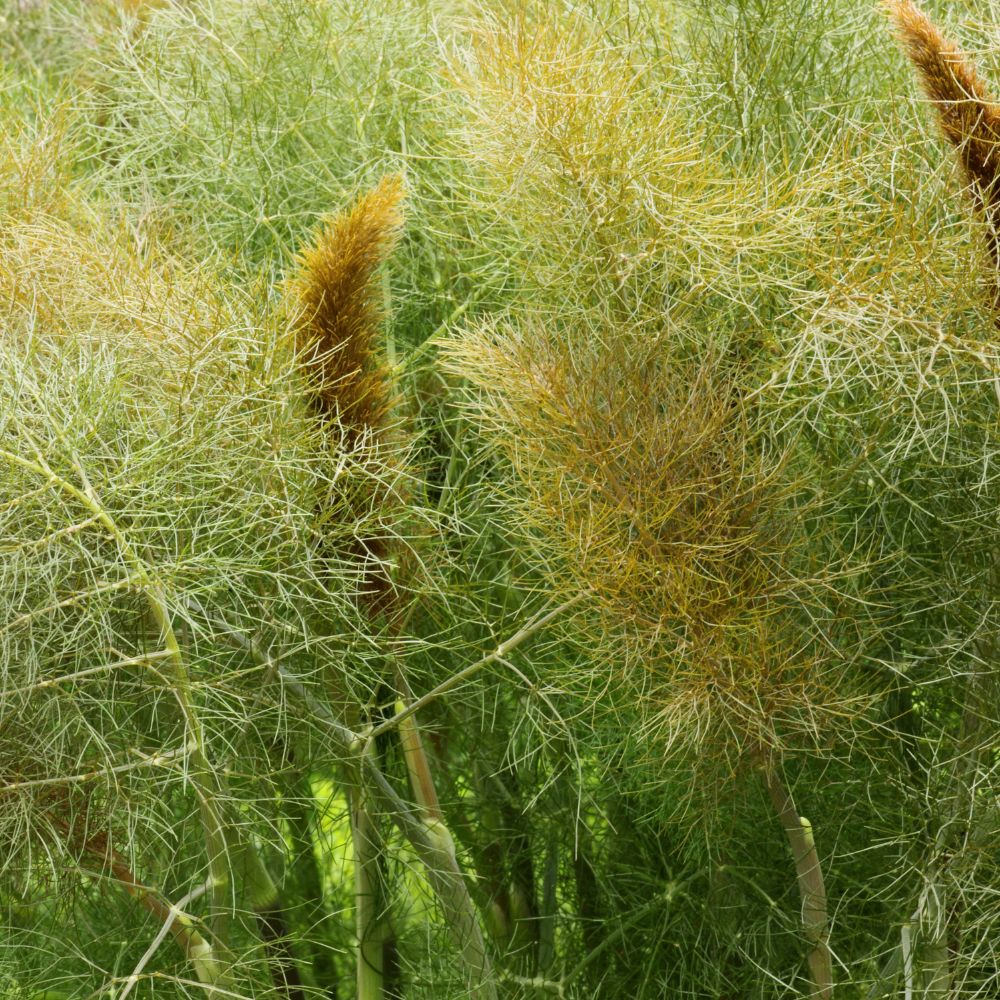
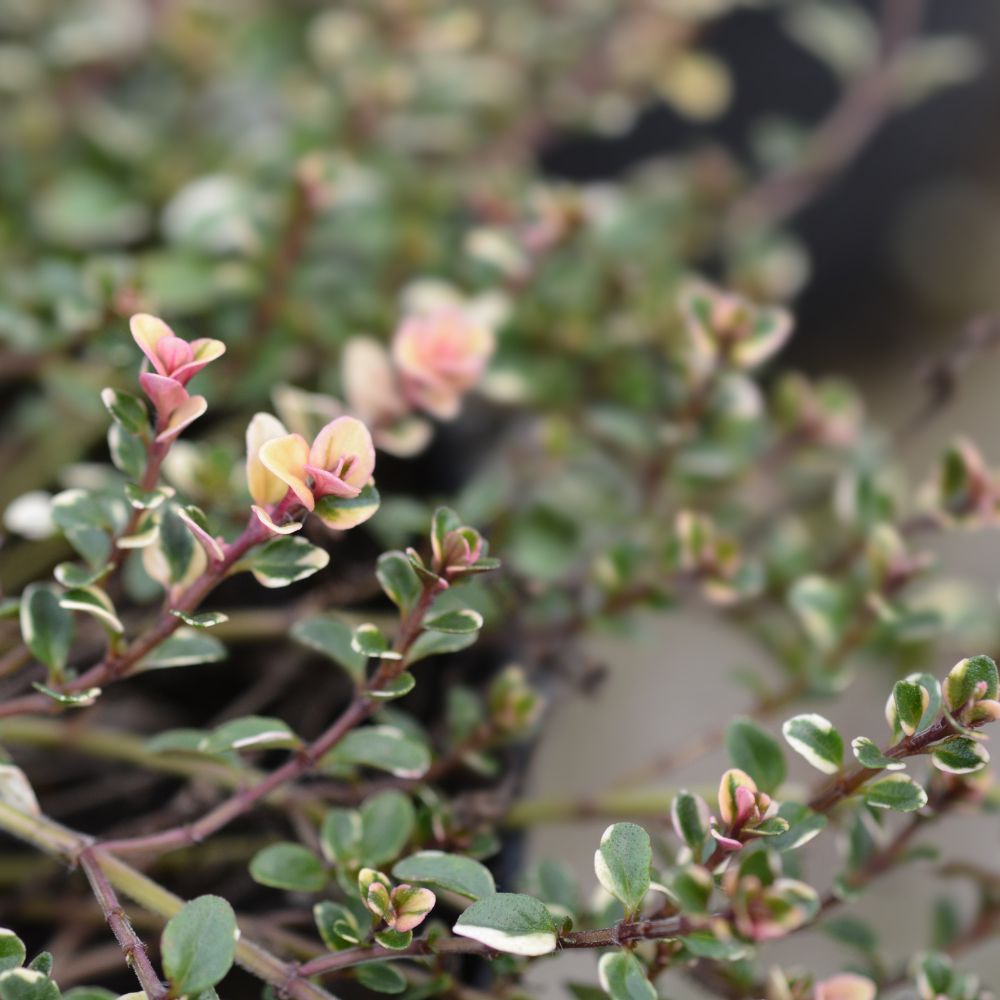
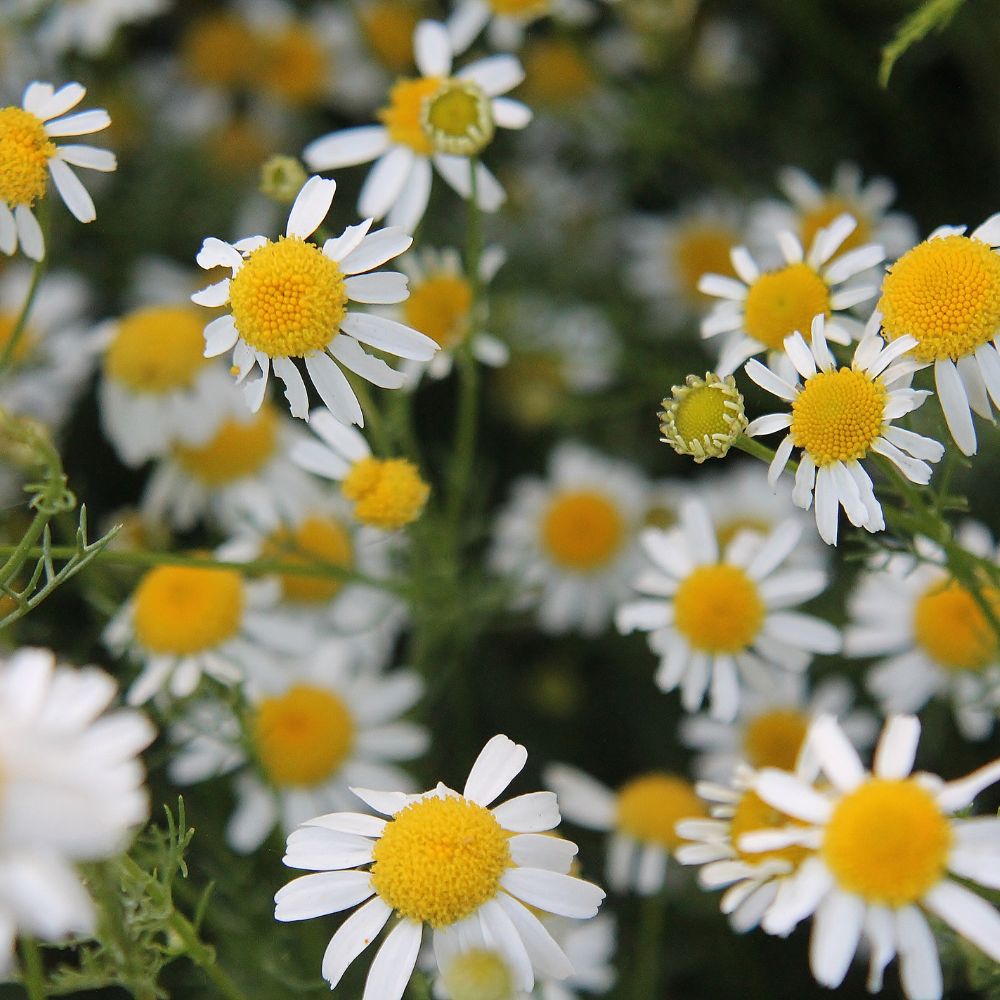
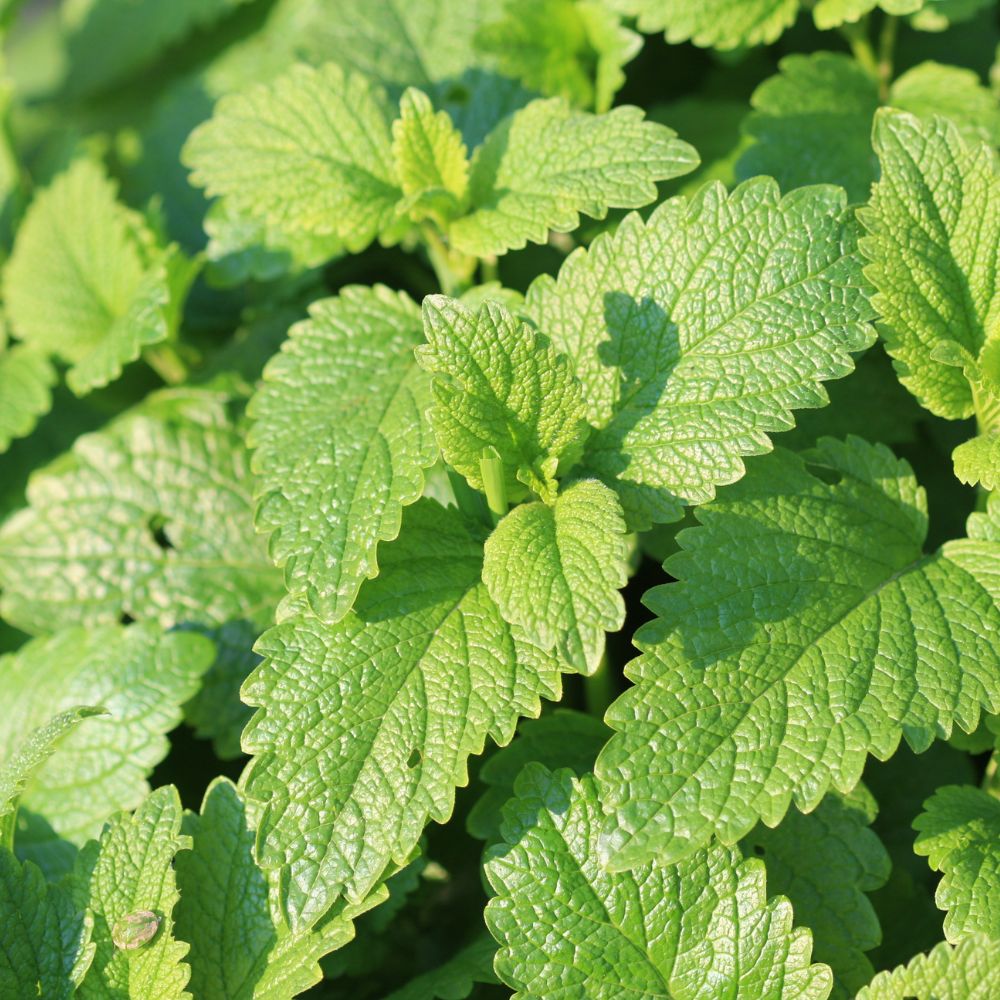

Suffolk’s mild, sunny climate makes it ideal for growing a wide range of herbs. Popular, easy-to-grow choices include:
With just a little care, you can enjoy fresh herbs from spring to autumn — and many remain evergreen year-round.

Find us just off the A14 near Woolpit, between Bury St Edmunds and Stowmarket. Browse fresh stock, get friendly local advice, and choose the best plants for your space.
No online sales – visit in person.
Thyme, rosemary, sage, lavender, mint and oregano all thrive in Suffolk’s sunny, free-draining conditions.
Yes — nursery-grown potted herbs are easy to grow and ideal for first-time gardeners.
Absolutely. Most herbs grow brilliantly in containers, including mint, thyme, rosemary and parsley.
No — we only sell in person so you can hand-pick the healthiest plants and get friendly local advice.